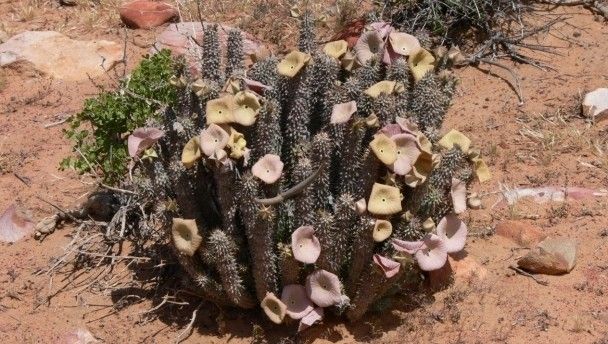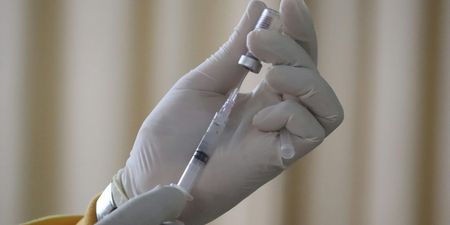Who doesn’t want to be that little bit healthier? Especially if improving your health involves minimal effort. With this in mind we’ve made it our mission to bring you news each week of a product, a foodstuff, an exercise technique or a pill that promises potentially magical health-giving properties.
This week’s magic ingredient: Hoodia.
Not to be confused with: Hoodies. Hoodlums. Da hood.
This is a new one on me, I’m afraid. No great surprise there. It’s not one of the better known dietary supplements. That said, it is becoming increasingly popular as a weight-loss agent so you will probably see more of it over the coming years.
So what is it then? Basically, it’s a plant similar to a cactus that’s native to parts of Namibia. They can reach up to a metre in height and have large flowers, a tan colour and a strong smell. Interestingly, they stink of rotten meat and are pollinated mainly by flies.
Okay, this sounds like the most disgusting plant on earth. Why in God’s name would I want to have anything to do with it? Well, most of us wouldn’t. That said, if you’re a tad on the plump side it might be of interest. Bush men used to chew pieces of it when on long hunts as a means of suppressing their appetite. Our present-day, narcissistic society has found another use for it – as a herbal diet pill.
What’s in it? Back in 1977 the South African Council for Scientific and Industrial Research (CSIR) managed to isolate the ingredient in hoodia which acts as an appetite suppressant. They gave it the imaginative moniker ‘P57’.
What does it do for you? Well, it’s supposed to stop you wanting to eat for short periods, but the medical community is somewhat split on the issue of just how well this stuff works. That said, it has its supporters and the fact that it has been taken in Africa as an appetite suppressant for centuries supports the idea that there is something in the lofty claims.
Another point is that animal trials found that gastric acid production dropped by as much as 60 per cent when hoodia was thrown into the mix, and this may well play in part in suppressing your appetite.
So how is it taken? I don’t fancy taking bites out of a cactus that stinks of rotten meat. Not to worry. Extracts of hoodia, normally parts of the stem and roots, are dried and ground into powders. These are then refined into chewable tablets or capsules. There is a liquid form, but you don’t see it around very much.
Where can you get it? There are some issues with the exportation of wild hoodia due to the fact that its sudden popularity in the West saw it become a protected species. However, farmed hoodia is now also on the go. A number of health food shops stock hoodia and the various African shops around the country can also have it in on the shelves.
Is it safe? There do not appear to be any major side-effects of hoodia, although full clinical trials are yet to take place. The main danger is from buying hoodia products which contain various other bits and pieces which could disagree with you. When you are purchasing a hoodia product you should familiarise yourself with exactly how much hoodia is in it and with what else it contains.
LISTEN: You Must Be Jokin’ with Aideen McQueen – Faith healers, Coolock craic and Gigging as Gaeilge





















































